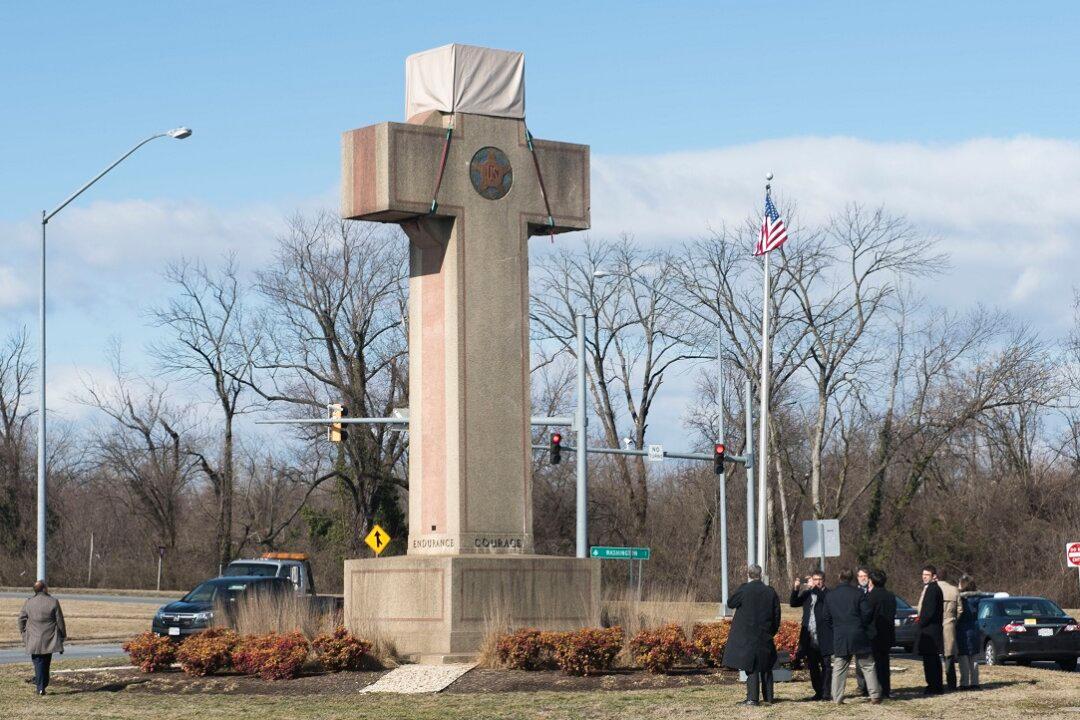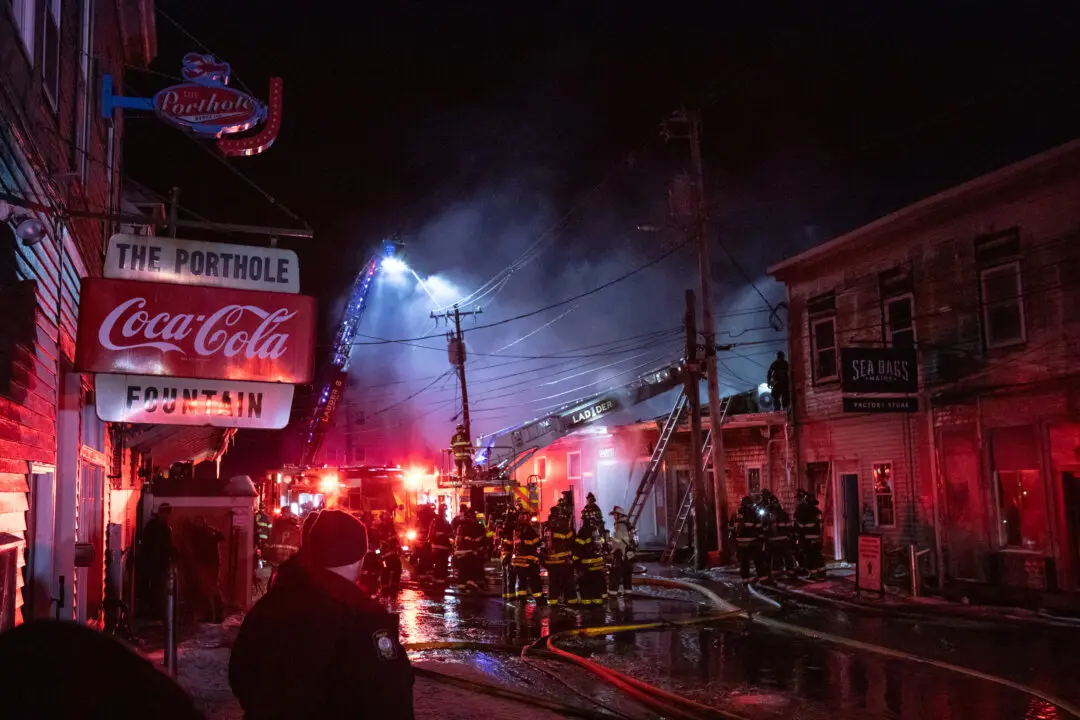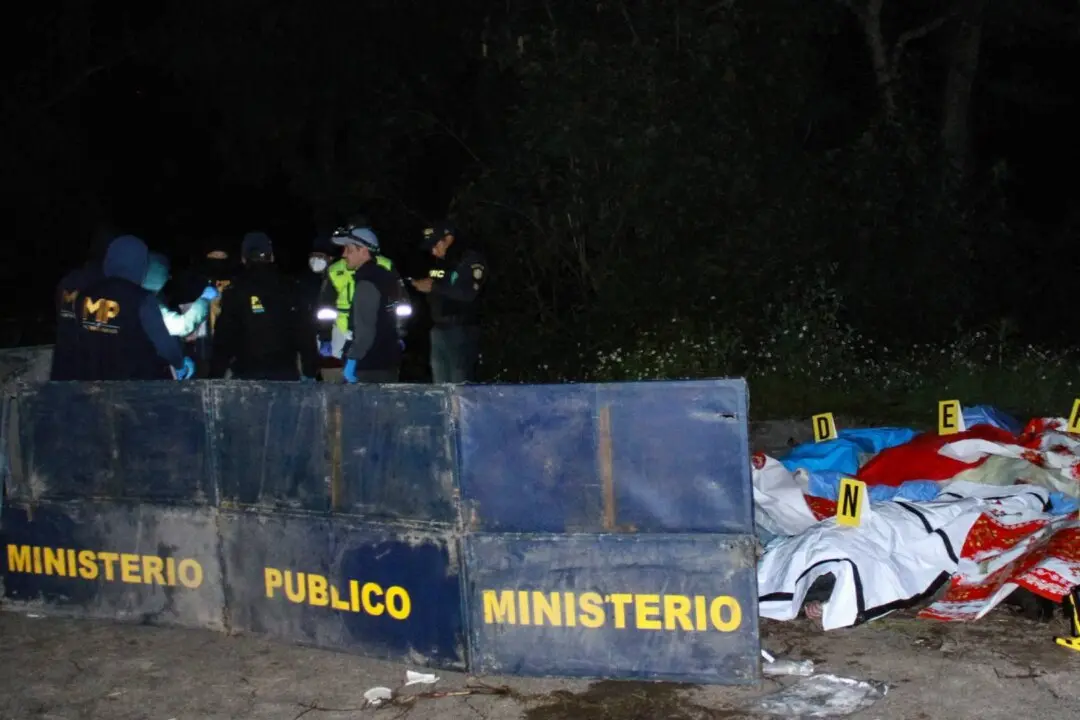WASHINGTON—A World War I memorial in the shape of a 40-foot-tall cross can continue to stand on public land in Maryland, the Supreme Court ruled Thursday, June 20.
The justices, in ruling 7-2 in favor of the cross’ backers, concluded that the nearly 100-year-old memorial’s presence on a grassy highway median doesn’t violate the First Amendment’s establishment clause, which prohibits the government from favoring one religion over others.





